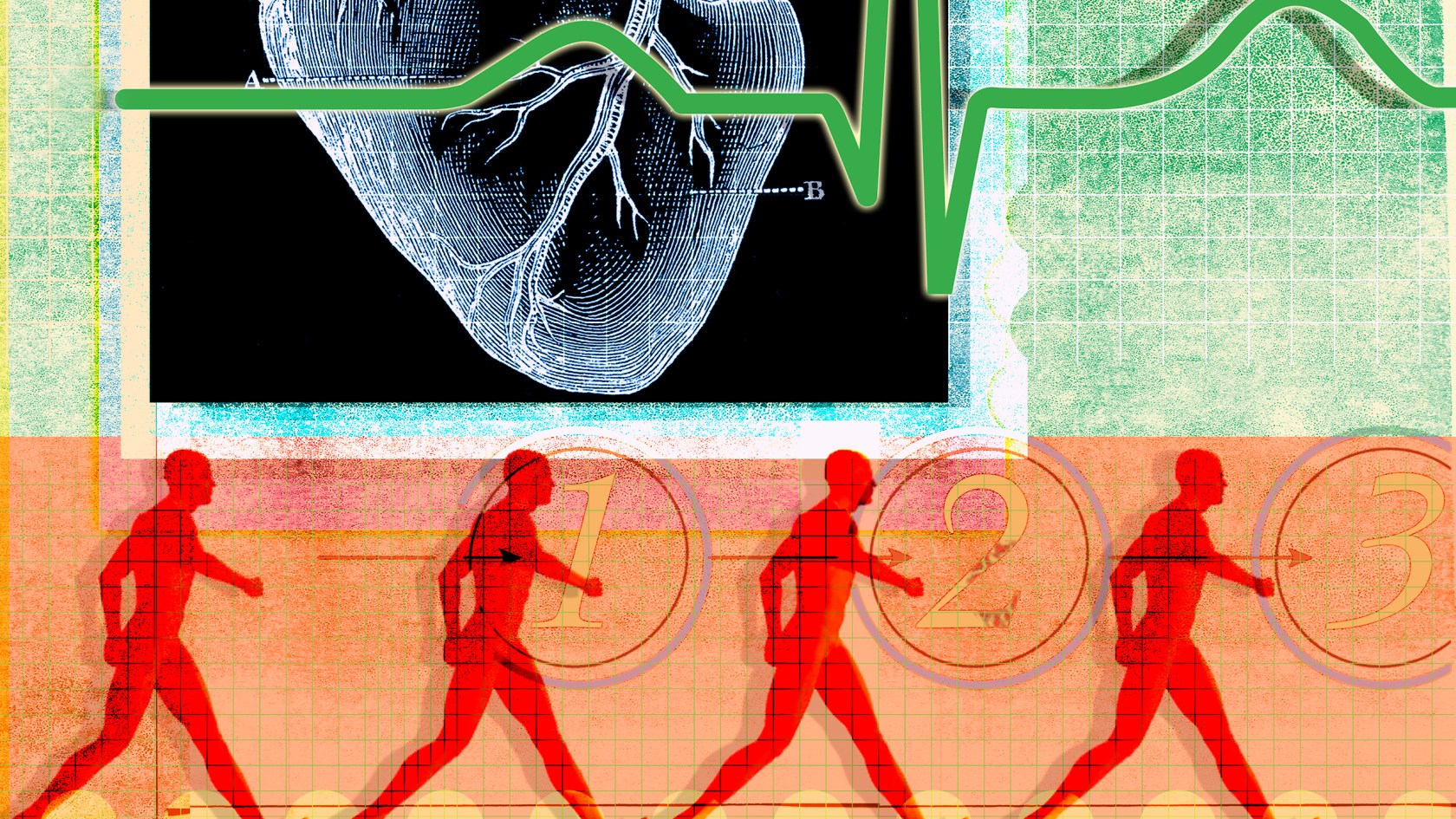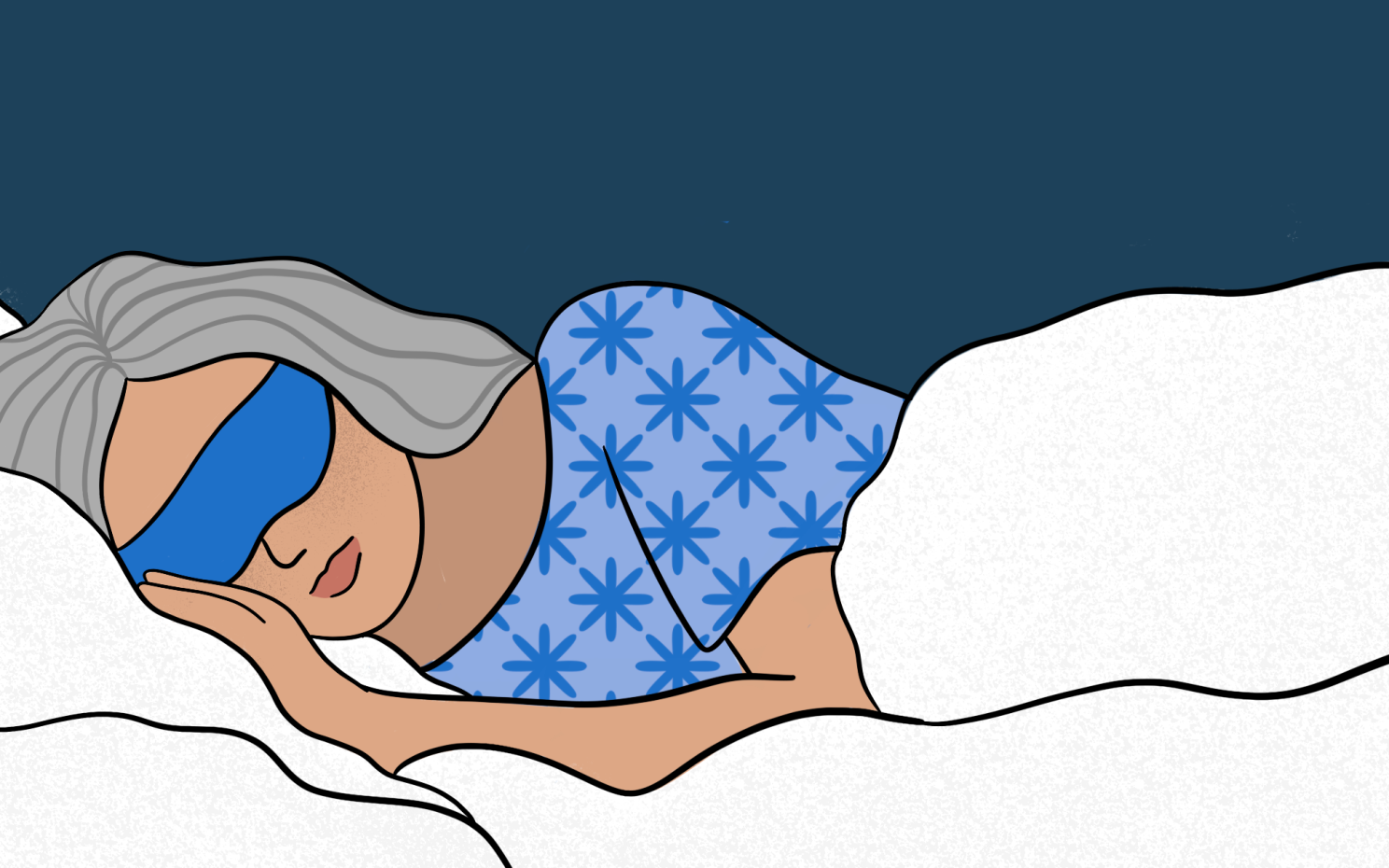Faster, fitter?

Roy Scott/Ikon Images
Not really, says Spaulding Rehab expert. When you go for a walk, focus on this instead.
Part of the Wondering series
A series of random questions answered by Harvard experts.
For this entry, we asked Greg Righter, a physical therapist with the Harvard-affiliated Spaulding Rehabilitation Network, whether speed matters when you take that daily walk.
It’s not about the speed of walking because that’s going to be dependent on the person and where they’re walking. It’s really about two things that you can measure — target heart rate and the rate of perceived exertion.
If you just go for a leisurely stroll or walk around a grocery store, that’s not going to create a change and isn’t going to have much effect on your health. When you want to exercise and create physiological change, you need to get your heart rate up.
The general estimation is just taking 220 and subtracting your age — that will give you a sense of your maximum heart rate. And to get any training effects you want to exercise at anywhere from 65 to 75 percent of your estimated maximum heart rate. That’s what’s called your target heart rate. Let’s say we’re talking about a 60-year-old — 220 minus 60, their estimated maximum heart rate is 160. They need to take 65 percent — that’s 104. So ideally, when they’re walking, they’re getting their heart rate up to 104 beats per minute.
You can track that with a smart watch or Fitbit. If you don’t have one, you can use what’s called the rate of perceived exertion (RPE). That’s a simple scale of one to 10. One, you’re resting, and 10 is working way too hard, so you can’t even really breathe. You want to be in the four to six range — a moderate level of work.
The American Heart Association recommends 150 minutes a week, or 30 minutes a day for five days, of cardiovascular exercise. Ideally, that’s what you’re doing. If you’ve been inactive for a long time, that’s going to be a goal to work toward gradually. I might start out at five minutes every other day, slowly increasing that amount of exercise over time, to that 30-minute time frame.
As for where you walk — it’s a personal preference. What’s good about walking outside is different terrain. So going up and down hills is going to make you work harder than walking on a flat surface. We would encourage people who prefer to walk on a treadmill to walk on a little bit of an incline or change the incline as they’re walking to make them work a little bit harder to get that heart rate up.
— As told to Anna Lamb


















